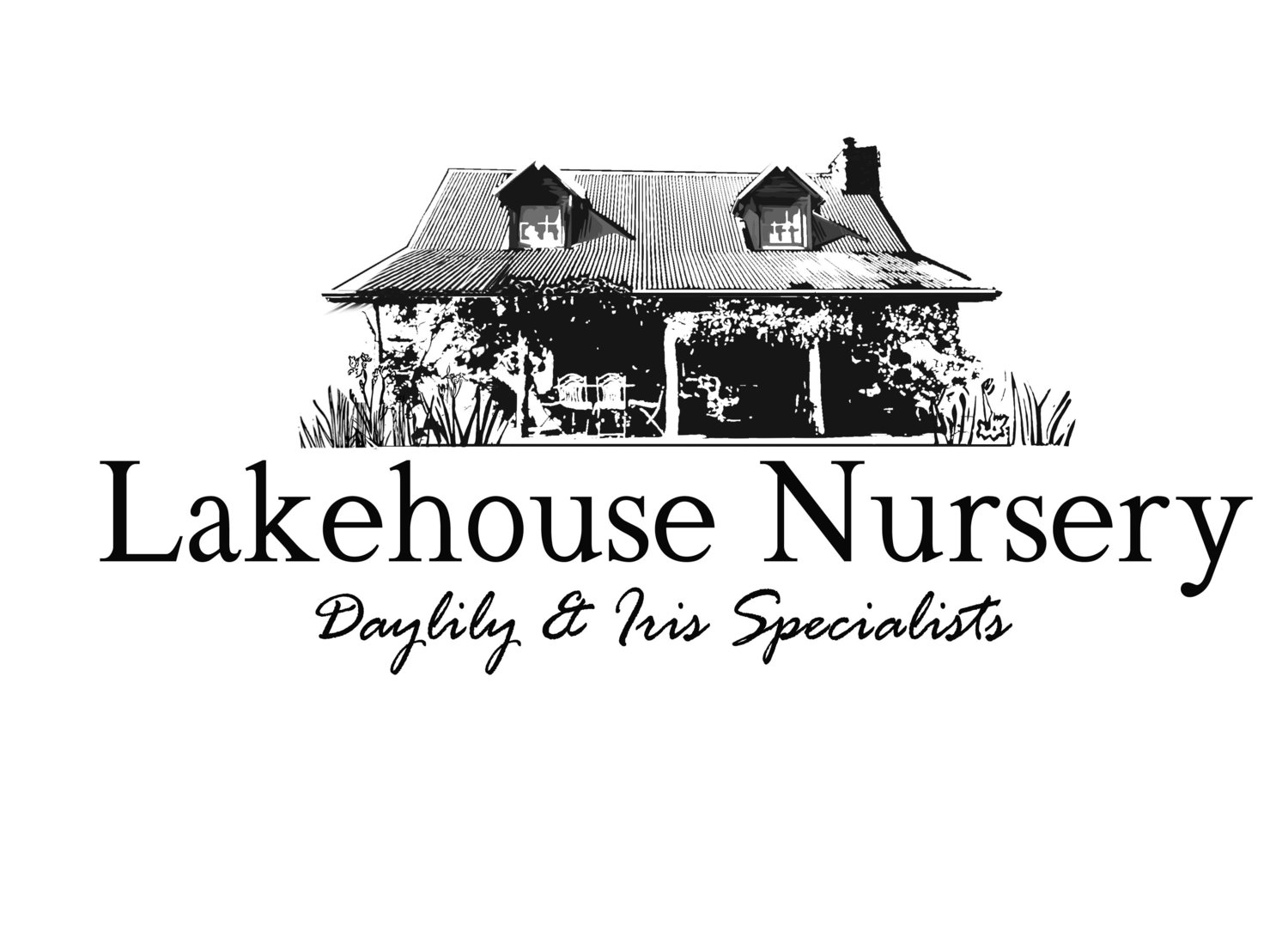Mont De Lancey Victoria
GROWING TALL BEARDED IRIS
Bearded iris are easy to grow, very hardy, drought and frost tolerant but best of all, have stunning flowers in an amazing array of colours and combinations, along with their grey green, sword shaped foliage will add extra interest in the garden. Their main flowering time is spring. You can also enjoy the flowers indoors as they last up to a week in a vase. Bearded iris need a bit of winter chill to initiate flowering especially the later flowering varieties. One handy tip you can use if you are in an area that doesn’t get many chill hours below 5⁰C, is to tip some ice over the rhizomes a few times over the winter in the early evening.
POSITION; Tall bearded iris need at least 6 to 8 hours of full sun and protected from strong wind.
SOIL; bearded iris must have friable well-draining, neutral ph soil to thrive. Prepare your soil a few weeks before planting with well-rotted manure and compost to improve the soil structure and aid in drainage. Raise the planting area if it is prone to waterlogging.
PLANTING; for bare root plants, dig a hole and make a mound in the middle of it, place the rhizome on the mound and spread the roots down the sides. Cover the top of the rhizome with 1-2cm of soil to stop it being scorched by our hot sun. Water in with diluted seaweed solution to get them settled in and off to a great start. Space plants 30-40cm apart. Make sure the fan is straight upright or you may get crooked flower spikes. If you apply mulch to your garden bed, only apply it to the back of the iris fan and not over the rhizome as this may cause it to rot. Don’t be overly alarmed if your newly planted fan seems to die back, it will put on new growth within a few weeks.
WATERING; keep newly planted fans moist but well drained and not wet until they are established. Once bearded iris are established, they don’t need a lot of water. Once or twice a week in summer will suffice depending on the climate and your soil. Too much water may cause the rhizomes to rot.
FERTILISING; the best time to fertilise bearded iris is in spring as they start to put on new growth. Use a fertiliser that is lower in nitrogen but promotes flowering, such as a Rose and Tomato fertiliser. A second application can be applied after flowering in late summer to help boost the plant for next seasons flowering.
DIVIDING; after 3-4 years the clump will become congested and flowering may stop or be greatly reduced so you will need to divide the clump. The best time to lift and divide your bearded iris is after flowering in late summer to mid-autumn. It is best to use a garden fork to lift the clump so you don’t damage the plants. You can easily pull the rhizomes apart. Fans that have flowered will not flower again but you will see new fans or buds coming from the rhizome, select these and discard the old dead part. Trim the leaf blades by half to prevent too much moisture loss and also so the plant is not top heavy which may cause it to fall over in the wind. Trim the roots also to a manageable length. Replenish the soil with compost and replant.

